Ten Benefits of a Footrest
General office ergonomics guidelines recommend feet remain on the floor while seated. If that is not possible, then a footrest or foot ring is suggested.
1. Intermittently extending the legs onto an angled footrest opens the knee and hip angles to improve blood flow helping to improve circulation of the distal lower extremities during prolonged sitting events, especially rocking footrests.
2. Reduces forward sitting habits by facilitating better chair contact with the seat, lumbar support, and backrest.
3. Reduces contact stress, and pressure to the posterior thighs and knee space due to a deep seat, where there is contact with the seat edge. Improves weight distribution through the buttocks and thighs.
4. It is necessary for short-statured individuals if their feet don’t reach the floor to provide a stable base of support. This is especially important at a tall workstation or work counter requiring the chair to be elevated, which can cause the legs to dangle (creates increased pressure under thighs and impacts circulation).
5. Using a tall footrest in the leg well space allows those on stools to keep their legs out in front rather than tucked under on a footing or dangling.
6. Using a footrest at a standing station allows alternate foot placement and weight shift during limited periods of static standing.
7. If knees are bent at 90 degrees or greater for too long, they may experience discomfort and pain. More so crossed or bent knees tucked underneath the chair can cause knee strain. The use of a footrest reduces joint forces across the top of the knee (less than 90 degrees) and improves lower extremity positioning while seated.
8. Use a footrest for intermittent foot placement between the floor and the footrest to improve leg mobility during static sitting.
9. A footrest can improve comfort when sitting upright and with reclined sitting in a chair.
10. Footrests are a cost-effective solution to help with back and lower extremity discomfort associated with sitting.
Balanced Sit, Stand, and Footrest Use
There is a balance to sitting, standing, and using a footrest throughout your day.
In general, it is recommended to stand routinely and move throughout the day. Suggestions include standing four times an hour and taking 15 seconds to stand. Or stand 5-8 minutes every 30 minutes to an hour. Some guidelines promote standing up to 40 minutes at a time, about two to three hours total per day.
Perform alternative tasks that include standing such as:
• When the phone rings or you need to use your cell phone and don’t need to use the computer
• To retrieve the paper from the printer
• To drink water or coffee
• When someone enters your office or cubicle
The bottom line is to rotate your postures routinely with intermittent footrest use as an option.
Tips on How to Select a Footrest:
There are no fixed rules on footrest design and quality. There are essentially two types of footrests, but lots of variations in between. Those that go below a seated fixed height desk (23”-30”) and those that are elevated and used for work counters (32”-42”H). Some footrests are dynamic and offer a gentle rocking motion when pressure is applied, others are specifically designed for standing.
When shopping for a footrest, here are a few tips:
1. Avoid cheap plastic footrests. These often become brittle causing them to crack. They also crack with any pressure from leaning on them.
2. Select a footrest that has a fixed or adjustable angle of 30-45 degrees or 4-6” high measured from the back and tapered lower to the front, where the feet are placed.
3. The footrest should be at least 15”-24” wide to support the natural distance between both feet when the legs are relaxed in sitting.
4. For tall work counters, select a tall height adjustable footrest with a range of 4”-12”H.
5. Don’t stand on a footrest!
6. Select a footrest made of durable material for long-term use, such as metal or aluminum. Grooves or texture help to secure feet and minimize slippage but shouldn't block movement of the feet.
7. Footrest should be easy to adjust if it is adjustable.
8. Avoid heated footrests as this feature is not essential or practical with shoes on. This can also be a fire hazard.
9. The footrest should not push your knees higher than your hips when in use, causing increased pressure to your lower back and reduced hip angle.
10. A broken footrest should be discarded or recycled.







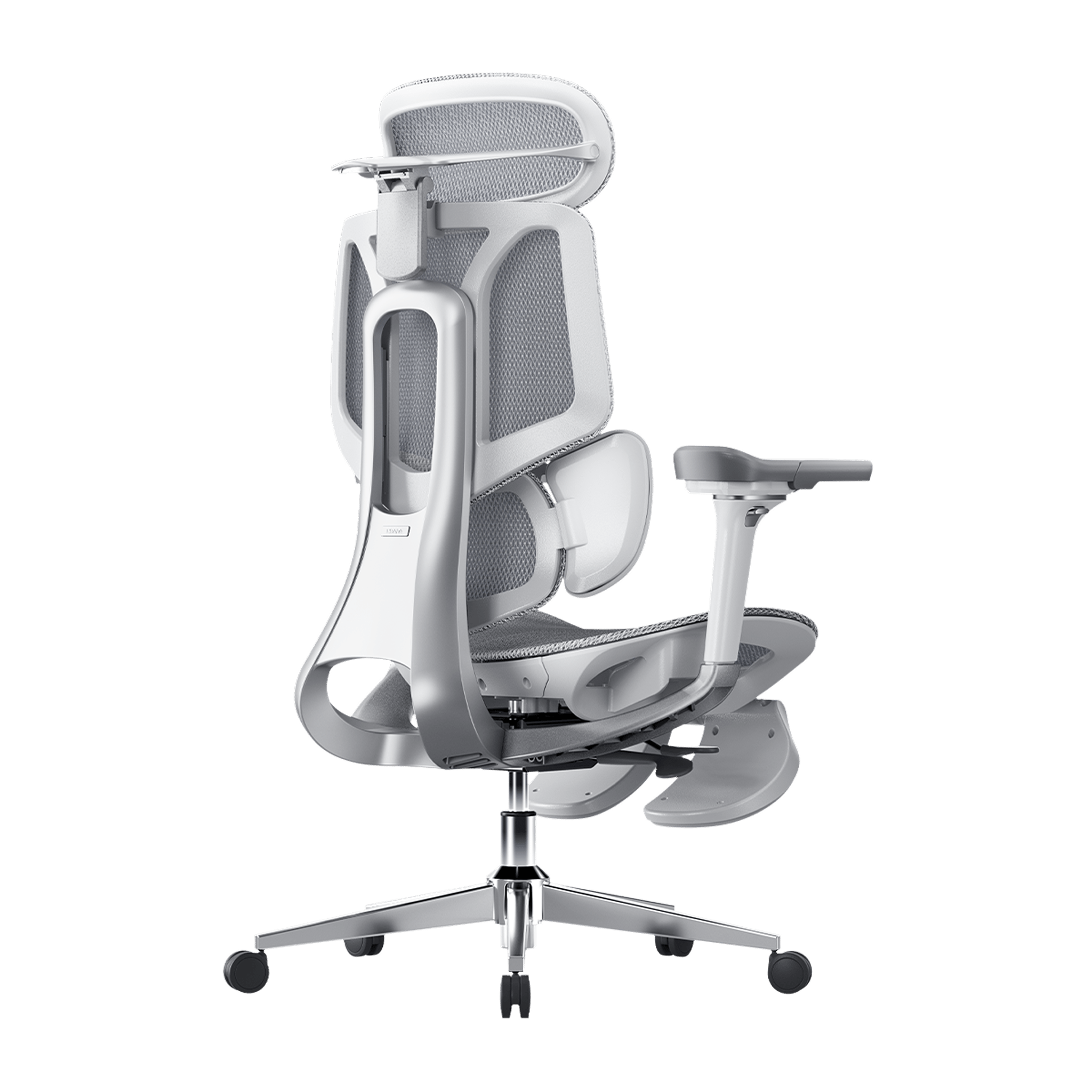



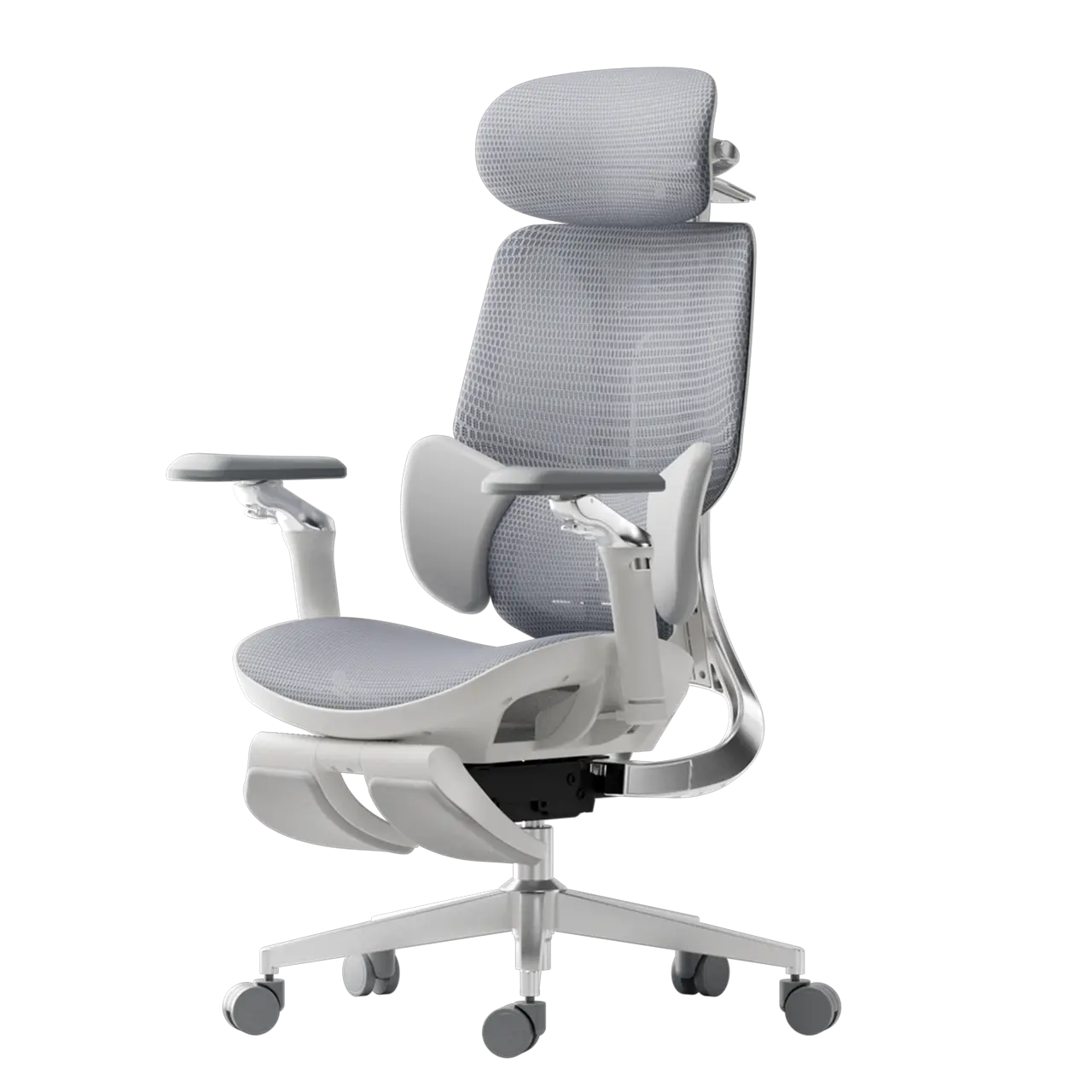

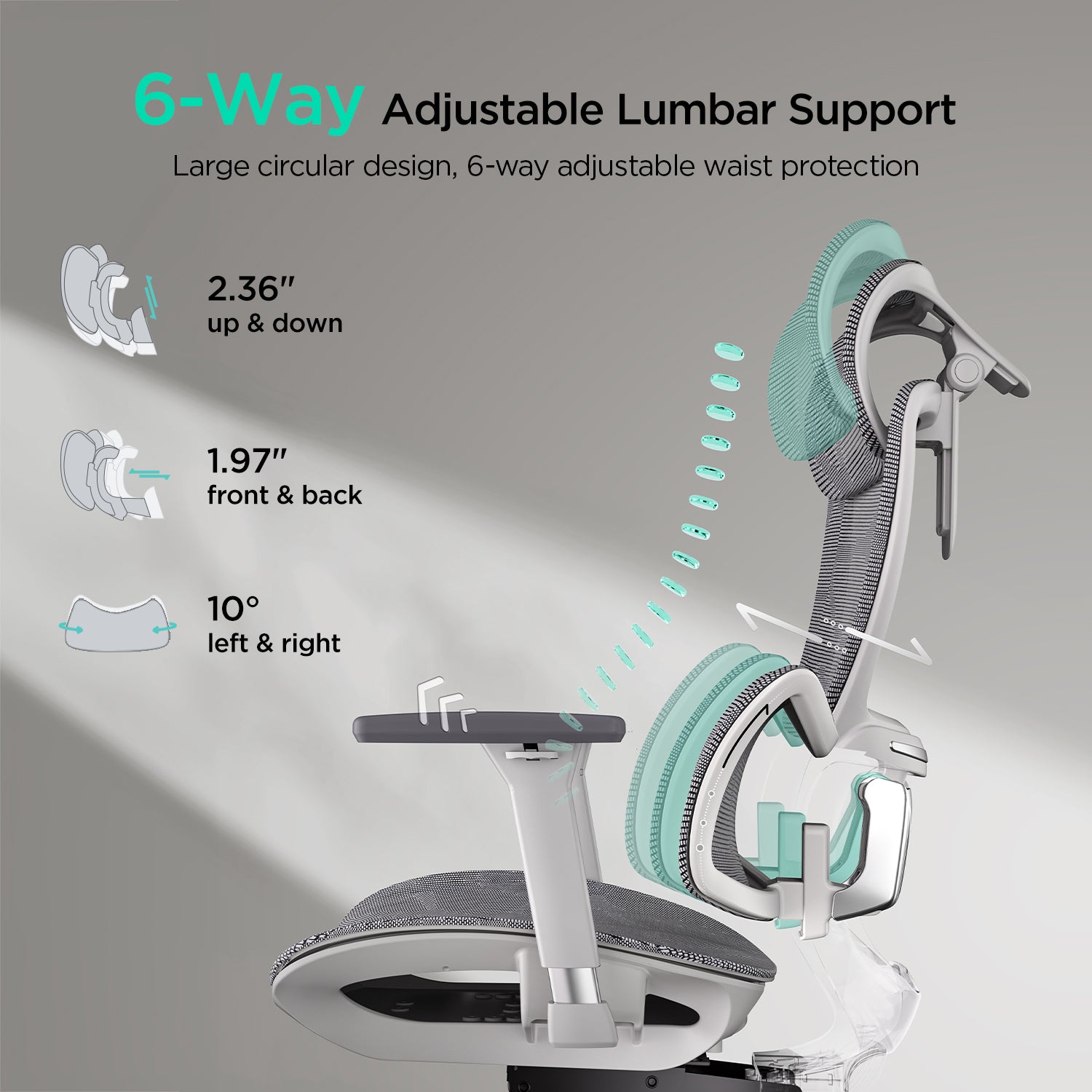



















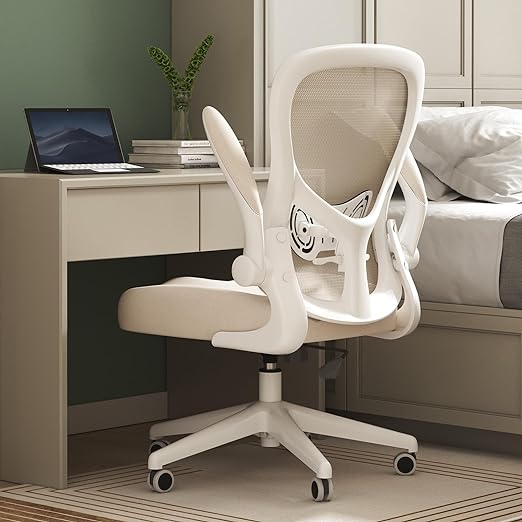





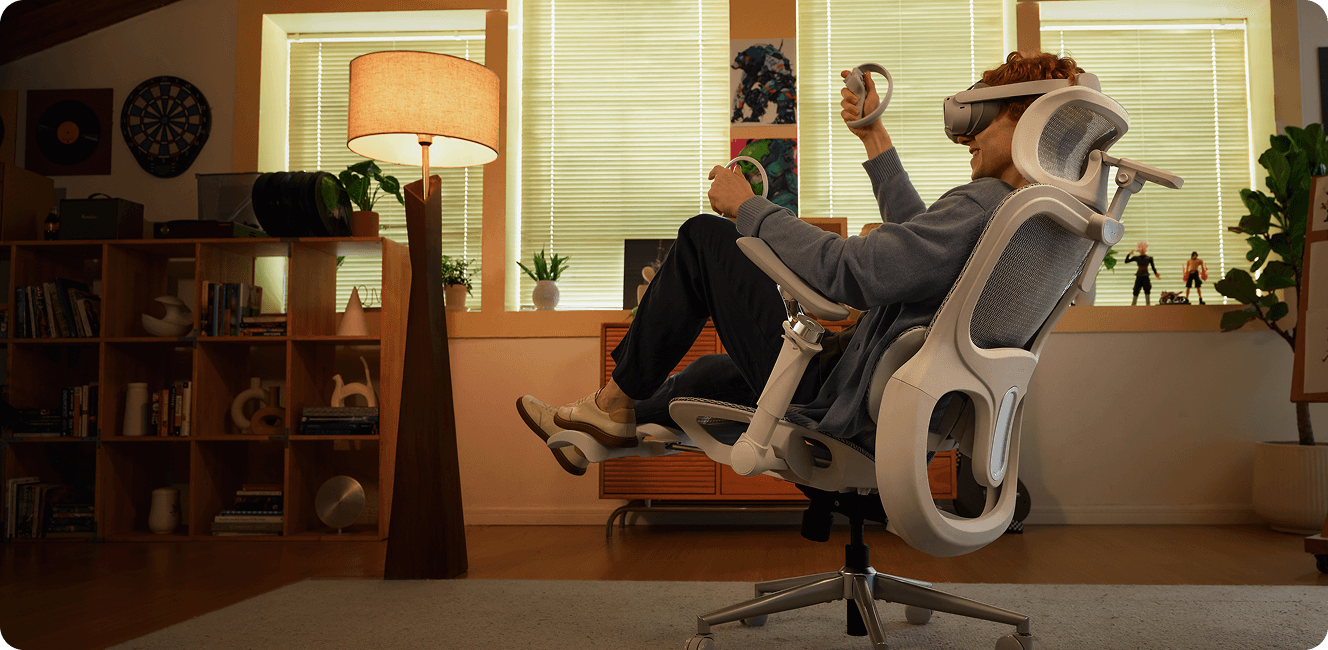












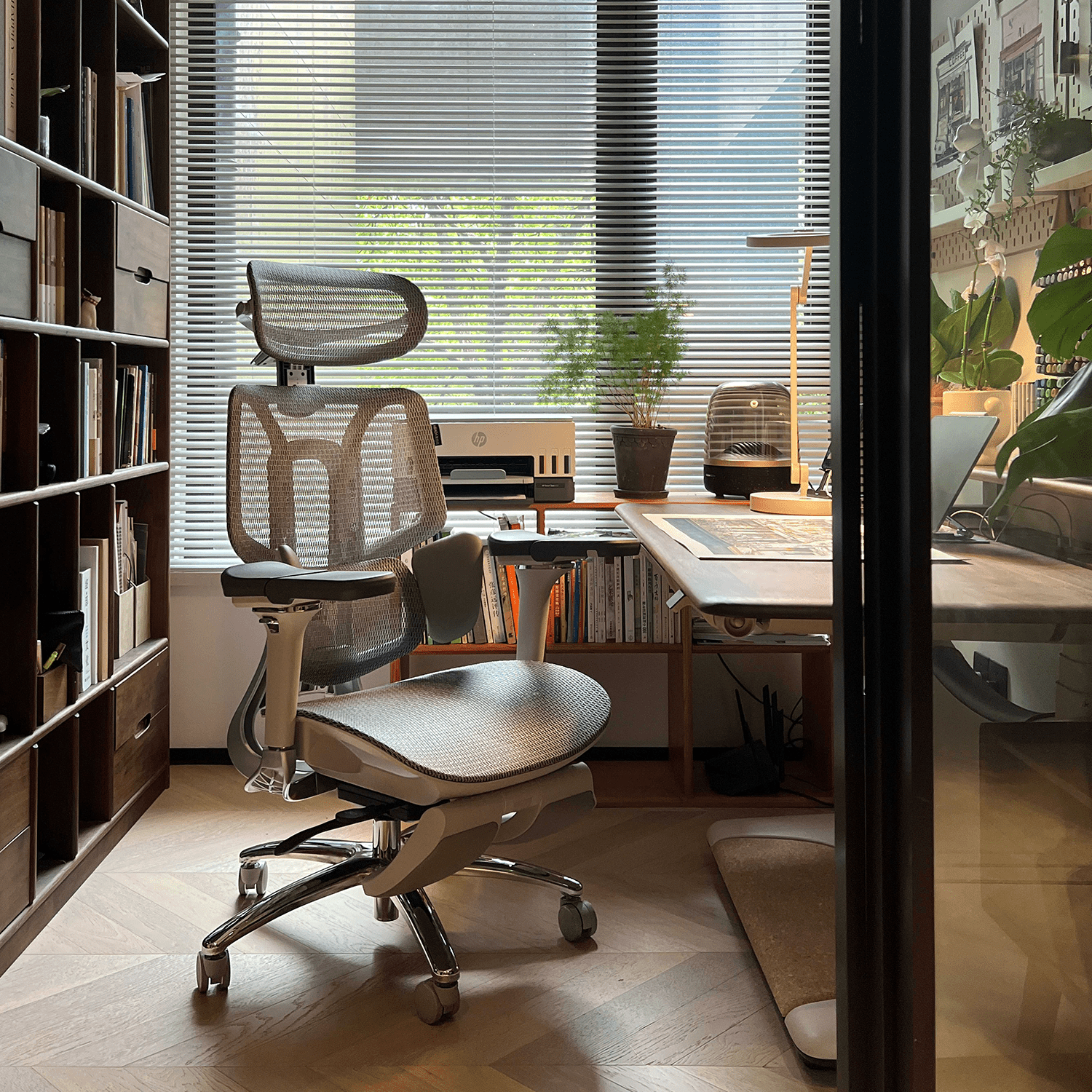
Leave a comment
This site is protected by hCaptcha and the hCaptcha Privacy Policy and Terms of Service apply.